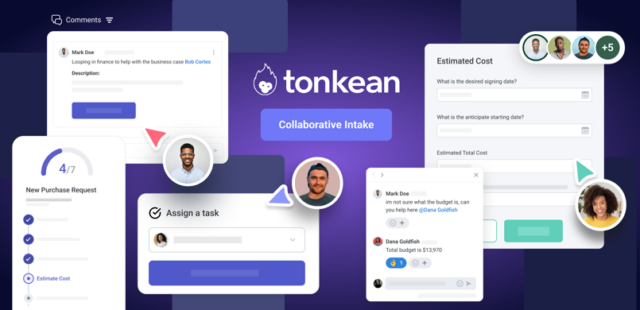Though it’s less frequently associated with automation than its more robot-friendly cousin logistics, procurement is a discipline that’s undergoing a radical transformation.
“Your new procurement employee will work 24/7, never call in sick, rarely make mistakes,won’t complain, and never ask for a raise. Of course, this is not your typical worker, but a procurement software robot—or bot.”
— Automation in Procurement: Your New Workforce is Here, KPMG, 2020
Although it reads like the opening paragraph of an abandoned Nanowrimo project started by someone who’d just finished I, Robot, I assure you this report released in 2020 by consultancy KPMG is an entirely serious endeavour. Although the global clamour to replace employees with robots may have died down a little now that a few million professionals have been dragged kicking and screaming back to the office, the benefits that automating elements of the procurement function could deliver are hard to deny.
RPA is big business and isn’t going anywhere. In 2022, the global robotic process automation market was estimated at $2.3 billion. It’s expected to grow at a CAGR of 39.9% between this year and the end of the decade.
From multinational corporations to the US Department of Homeland Security, robotic process automation (RPA) is emerging as a popular way to manage complexity within a large supply chain, automate repetitive tasks, and enhance the capabilities of a procurement department. The US DHS’ procurement department, for example, spent just under $24 billion across about 60,000 transactions in 2022, and is increasingly handing the responsibility for contractor responsibility determinations, as well as automating tasks for the Customs and Border Protection—allegedly cutting jobs that took an hour down to just a few minutes.
As KPMG’s report stresses, “leveraging procurement bots is the next logical step as organisations look to benefit from advancements in digital capabilities.”
RPA adoption in procurement—the Benefits
- Added visibility
- Improved efficiency
- Reduced costs
Large amounts of traditional procurement processes involve repetitive tasks like requisitioning, purchase order management, checking compliance, andanalysing spend, supplier onboarding, and more can be automated using an RPA bot. This is not only because RPA is getting smarter, but also because businesses’ procurement functions tend to be more consolidated within a single platform that is more closely integrated with the business in a modern enterprise. In a sufficiently digitalised system, there’s little to stop RPA from creating efficiencies by eliminating menial tasks.
Likewise, by integrating RPA into a company’s enterprise resource management (ERP) platform, it gains access to vast amounts of data that can then be tracked, analysed, and used to draw insights faster than a human could hope to tackle the same task. Most modern supply chains comprise several different pieces of specialised software, and making each one talk to one another smoothly can create serious pain points for procurement teams, but RPA can do a great deal to smoothe over the cracks.
RPA Risks and How to Overcome them
- Data exposure
- Lack of oversight
- Misguided direction and overspend
As mentioned above, RPA works best when fully integrated into as much of your system as possible, with access to as much data as you can feed it—especially with modern RPA using AI to make more and more intelligent decisions based on raw and unstructured data sets. Obviously, this creates a potentially huge, glowing weak point in your company’s cyber security framework. Because RPA bots replace human workers, they need access to the privileged information that humans have, and those bots are just as—if not more—vulnerable to attack.
RPA bots can automate a great deal of tasks, but it’s easy to lose track of the fact that they’re just bots and, without proper oversight and direction, they could create inefficiencies, security flaws, and breach compliance—all costly problems, especially if the typically costly technology fails to address the original inefficiencies or issues it was bought to resolve.
Automating procurement processes could undeniably lead to increased efficiency, lower costs, and a more resilient procurement function, but only if implemented with intentionality, and given proper oversight once up and running.
By Harry Menear











